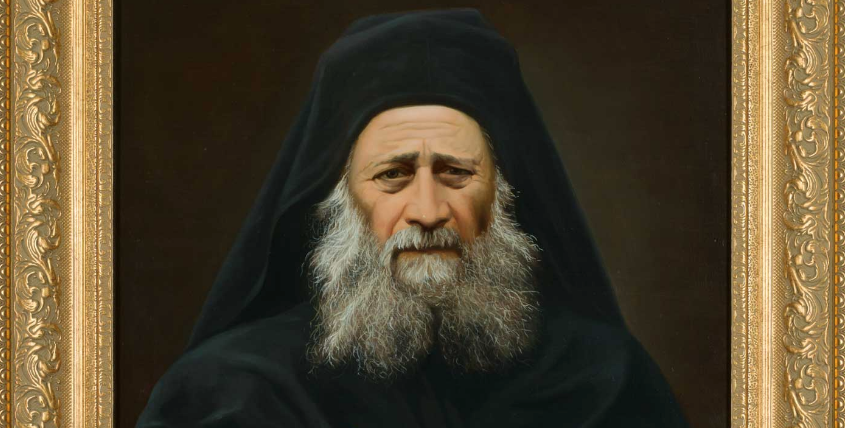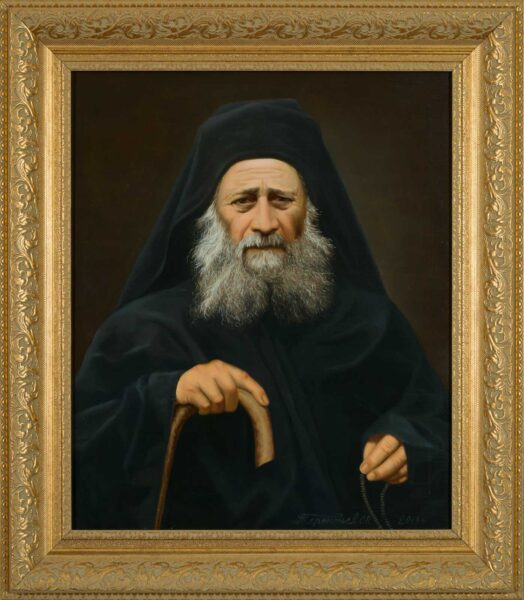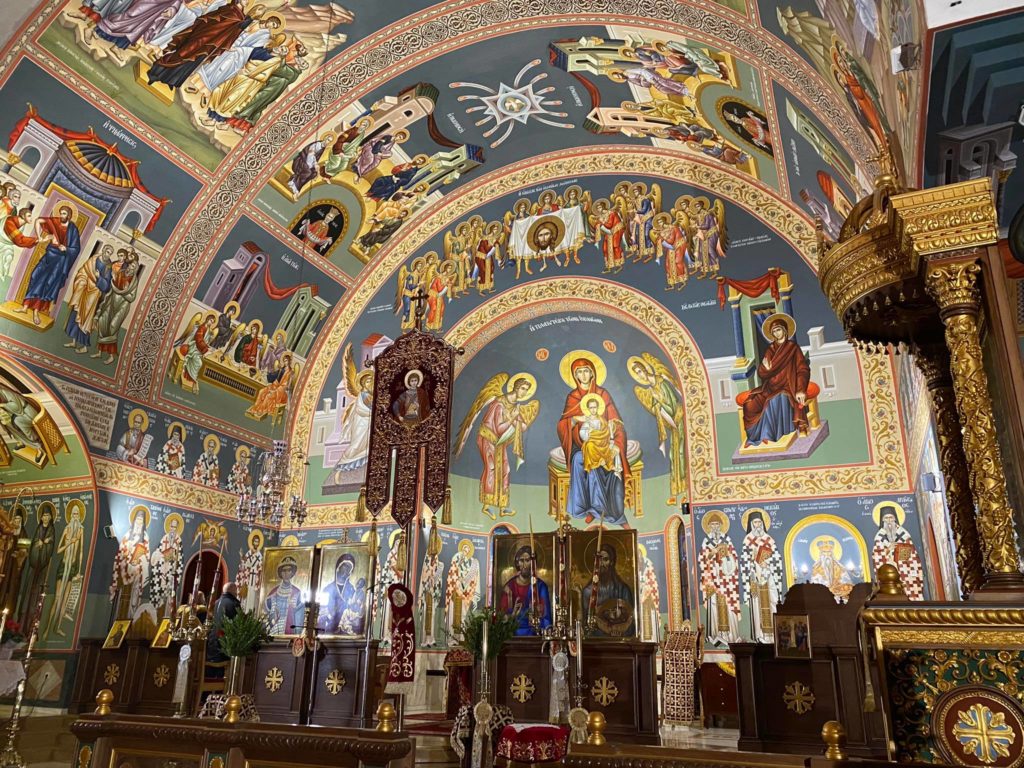Elder Joseph the Hesycast, Elder Daniil and Ephraim of Katounakia and Elder Hieronymos of Simonopetra are entering in the Church’s Calendar: Procedure

The Ecumenical Patriarch Bartholomew announced the entry in the Official Calendar of the Church of the Saints Daniel of Katounakia, Hieronymos of Simonopetra, Joseph the Hesychast and Ephraim of Katounakia.
The announcement made the Athonite monks cry and accept this announcement as a great blessing from the Ecumenical Patriarch.
This announcement was made on October 20, 2019, following the Official Reception of the Ecumenical Patriarch, in the Order of the Holy Synod of Karyes on Mount Athos.
In procession, they all headed to the main church of the Protaton, where the Patriarch led the official Doxology, accompanied by the Protoepistatis (the Leader of Mount Athos) Ger. Symeon of Dionysiou, the Holy Epistasia (the Council of the Mount Athos), the Representatives of all of Mount Athos, the political administrator of Mount Athos, representatives of the military authorities, monks and pilgrims.
The Ecumenical Patriarch Bartholomew stressing the pre-millennial relationship of the Mother Church with the Athonite state. “Holiness is the quintessence of this place, and our Saints are most valuable to the Church,” the Patriarch said.
Now when this procedure has started, which are the steps for such a procedure?
Initially there was the spontaneous veneration of the flock over a prolonged period of time after the person’s death and involving a significant number of people. If the Holy Spirit, Who takes care of the Church, said to baptized people that a certain person was a saint, then they were recognized as such.
Upon this basis, it was then investigated whether that person was Orthodox, and if they had an outstanding spiritual life with a plethora of testimonies from different, unrelated, first-hand sources.
If all these criteria were fulfilled then the person was considered a saint, at least a local one.
However, as time passed, the Church imposed more procedural steps in order to officially recognize an already existing cult of a saint.
The steps are as follows:
- The leader of the Autocephalous Church or the Holy Synod arranges the establishment of an investigatory committee which has the task of finding out if the above conditions obtain.
- When this committee finishes its research, it presents a report to Holy Synod.
- The report gains approval.
- The Holy Synod issues a statement to proceed to canonization.
- The life and the service of the saint are written and approved by the Holy Synod. If a service cannot be prepared within a reasonable amount of time, then a more general service (of a martyr, hierarch etc.) can be temporarily used.
- The icon of the saint is presented and approved by the Holy Synod. This step, too, can be delayed.
- The Holy Synod will settle the procedure of canonization, as well as the day on which this event will take place.
- A general Synodic document is issued with all the details needed for the canonization: reasons, date of feast, churches having this new feast etc.
- The service of canonization in itself:
- exhumation of the holy relics – if they exist
- the last memorial service (if the saint has not already been accepted de facto by the faithful, as outlined above)
- all-night vigil
- Liturgy with the members of the Holy Synod, at which the Synodic document is read
- Procession with the icon and the holy relics to their new place in a chapel or church
- Official publication of the afore-mentioned documents, the life of the saint, his service, and also the distribution of the icons.
This is the official procedure which varies a little from Church to Church and it is very good that we have it. However, we must not forget that the core is our veneration, and that the greatest saints were not subjected to this procedure, which was instituted simply in order to avoid misplaced enthusiasm.

- Source: asceticexperience.com
H αναδημοσίευση του παραπάνω άρθρου ή μέρους του επιτρέπεται μόνο αν αναφέρεται ως πηγή το ORTHODOXIANEWSAGENCY.GR με ενεργό σύνδεσμο στην εν λόγω καταχώρηση.
Ακολούθησε το ORTHODOXIANEWSAGENCY.gr στο Google News και μάθε πρώτος όλες τις ειδήσεις.


















